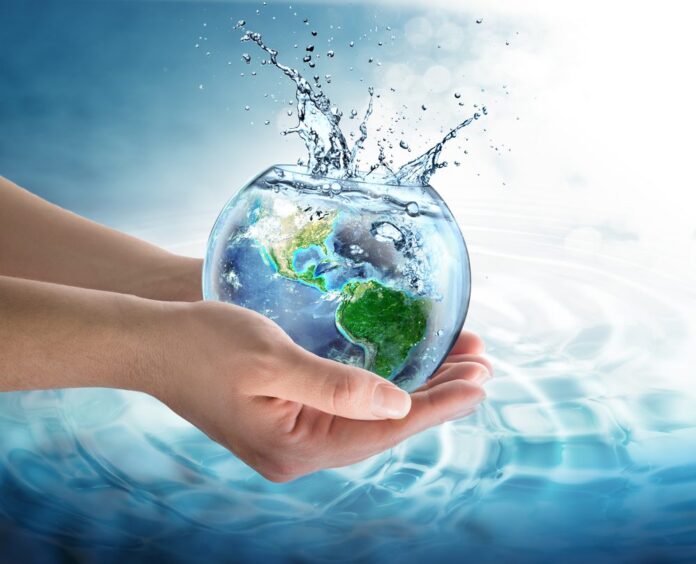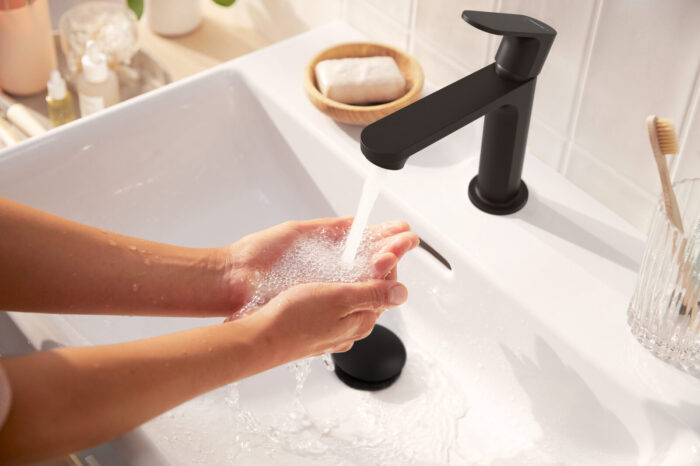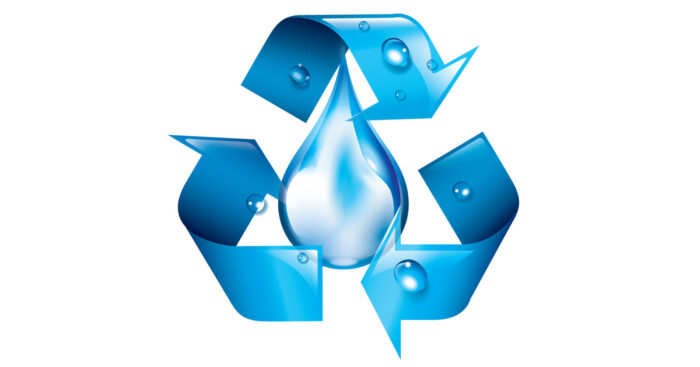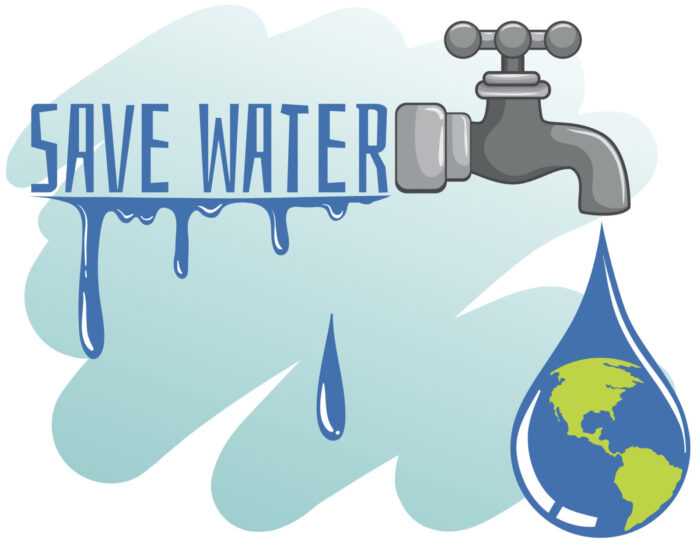
Water, undeniably an essential element of life itself, plays a pivotal role in our everyday existence, critical in the functioning of every ecosystem on the planet. With suburban landscapes like Melbourne continuing to flour and grow, the concept of water usage and its sustainable management has risen to the fore of societal consciousness. Driven by the pressure of urbanisation and population growth, the need to conserve and utilise water judiciously is increasingly apparent. This article serves as a comprehensive guide, detailing numerous potent strategies that can be employed to save water in Melbourne residences.
In this guide, we shall examine an array of techniques ranging from prudent assessment of current water consumption to the deployment of highly effective water-saving procedures, and the embrace of modern technological aids that promote water conservation.
Why Water Saving is Crucial for Melbourne Residences
Characterised by its temperate oceanic climate of wet winters and warm summers, Melbourne finds itself often mulling over its water situation. The looming threats of climate change, with predictions pointing towards diminished rainfall and amplified evaporation rates, pose significant challenges to the city’s water reserves. Moreover, Melbourne’s burgeoning population catalyses a proportionally increased demand for this vital resource.
The implications of overuse or reckless wastage of water run deeper than just exhausting water reserves. They inadvertently contribute to environmental erosion, negatively impacting local ecosystems and threatening the rich biodiversity. Melbourne’s residences, thus, have a compelling role in fuelling the drive towards city sustainability by employing diverse water-saving methods.
Apart from bolstering the city’s environmentally conscious image, water conservation presents an economic advantage to residents. The philosophy is simple: less water usage equals lower water bills. A cutback in water consumption can lead to substantial monetary savings for individual households in the long term.
Assessing Your Current Water Usage

An important preliminary step towards effective water conservation is developing a thorough understanding of one’s current water usage. A close inspection of the breakdown of water bills in Melbourne can provide substantial insights into this area.
Melbourne’s water bills are essentially divided into two key components—water usage charges, which correspond to the quantity of water consumed, and service charges, a fixed component attributable to the supply of water and sewage services. A comprehensive understanding of these charges can help households identify areas of excessive water usage and strategize accordingly.
It is not uncommon to find certain household areas or appliances that are surreptitiously expending more water than necessary. Hypervigilant identification and rectification of these areas can form the cornerstone of a household’s water-saving efforts. Regular monitoring further fortifies this initiative, conveniently made possible with a host of resources and online tools that render water usage assessment simpler.
High-Impact Water-Saving Techniques for Indoors
A plethora of opportunities exist within the confines of our homes to make a significant impact on water conservation efforts. This starts with transitioning to water-efficient appliances and fixtures. Things like low-flow showerheads, efficient dishwashers, and dual-flush toilets go a long way in minimizing water wastage.
However, hardware changes form only one part of the equation. Our daily habits and behaviors play an equally crucial part. Small changes, almost negligible in isolation like turning off the tap while brushing your teeth, washing clothes only when you have a full load, and reusing water used for cooking, can sum up to sizeable water savings over time.
In the battle against water wastage, a dripping tap in your home can be a formidable adversary. Seemingly insignificant, a single leaking tap can result in liters of wasted water, hence the importance of prompt repairs cannot be understated.
Reducing water flow in bathrooms and kitchens through the deployment of low-flow solutions also champions the cause of water conservation. Low-flow showerheads and tap aerators, alongside efficient dishwashers, can contribute significantly here.
Implementing Water-Saving Solutions Outdoors

Optimizing outdoor water use is another vital aspect of a comprehensive water-saving strategy. A well-managed and efficient watering system in your garden can be a game-changer, slashing the amount of water consumed and promoting healthier plant growth.
Plant selection for gardens can also contribute to water conservation. Opting for drought-resistant plants that are acclimated to survive harsh conditions with limited water requirements can conserve significant amounts of water.
The concept of rainwater harvesting echoes the ideology of water conservation. Rainwater, a freely available water source, can be effectively collected and utilised, substantially reducing the strain on city water reserves.
Swimming pools and garden ponds are often overlooked aspects of water conservation. Regular maintenance, investment in quality pool covers and immediate attention to leaks are some measures that can conservatively limit water usage in these areas.
Beneficial Innovations in Water-Saving Technology
Technological advancements have touched every facet of modern living and water conservation is not an exception. Various innovative and smart water-saving devices and appliances have been engineered to maximize efficiency and minimize wastage.
From water-efficient washing machines to high-efficiency toilets, these innovations are instrumental in progressing towards more sustainable household water use. Furthermore, the advent of mobile applications that deliver real-time data on water usage and smart home systems with features like irrigation control and leak detection offers homeowners greater control over their water consumption.
Looking forward, future trends in water-saving technologies promise to further transform how we manage and use water in our homes.
Getting the Community Involved

Water conservation is a collective task, far more effective when undertaken as a community. Melbourne’s residents can amplify their impact by participating in local water conservation initiatives, promoting sustainable practices, and encouraging their peers to do the same.
Spreading awareness about the necessity for water conservation, using available platforms to educate fellow residents and campaigning for greater implementation of sustainable practices can foster a community culture of mindful and efficient water use.
Government policies and regulations can also act as catalysts in this drive. Incentives like rebates for water-efficient appliances or subsidies for rainwater tank installation can motivate residents to adopt water-saving practices in their residences.
Conclusion
As inhabitants of Melbourne, we are the custodians of our city’s water resources and carry a collective onus to ensure its judicious use. The importance of making conscious choices about our daily water use, deploying effective water-saving strategies, utilising advancements in technology, and fostering a community spirit around water conservation cannot be overemphasised.
True fulfilment of this responsibility sets up not just a sustainable present, but guarantees an environment where future generations can thrive. Let’s make every drop count! And remember, the future of water usage in Melbourne residences, and by extension, the very sustainability of Melbourne, lies in our hands.
















